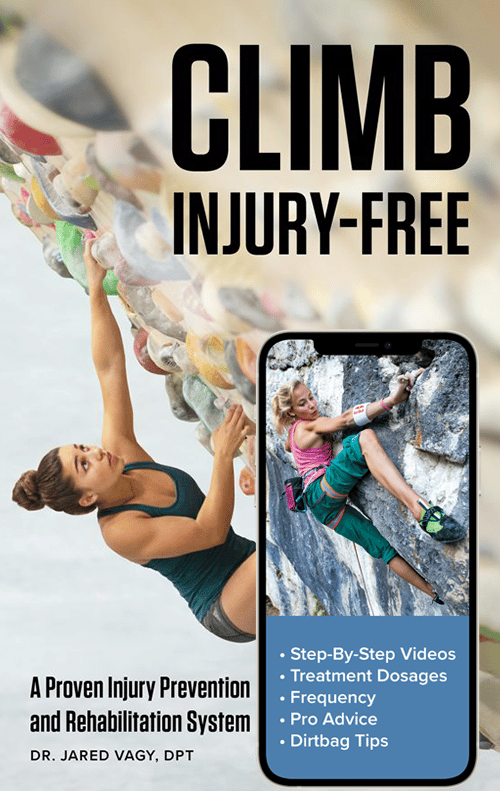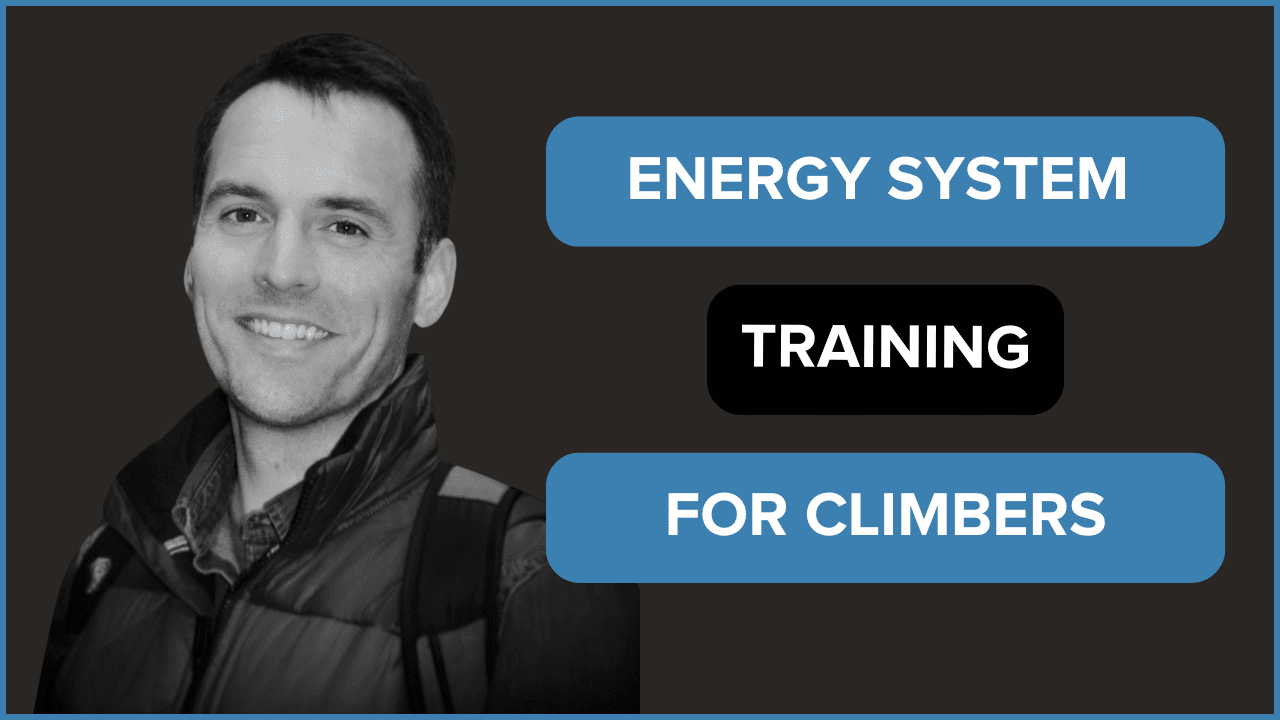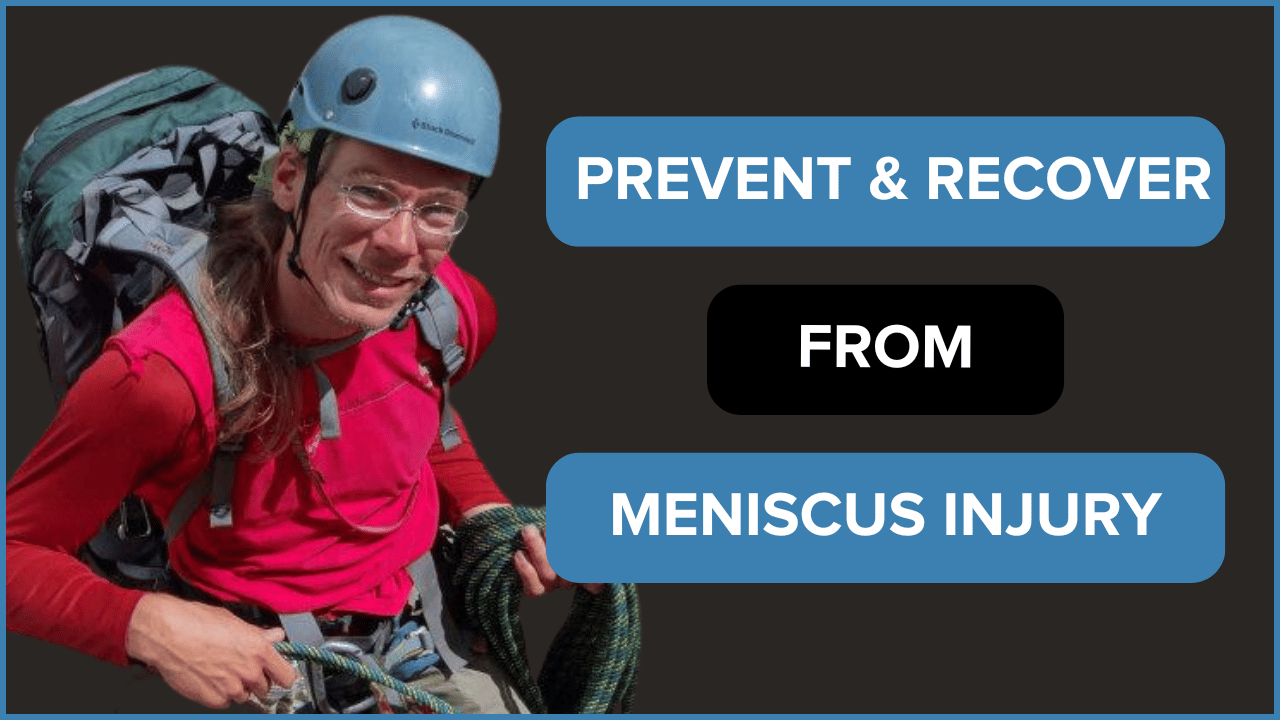S2, E4: Tendons: Do I Load it or Rest it? – Evan Ingerson
In this episode, physical therapist Evan Ingerson discusses the topic of tendons and tendon injuries, with a focus on climbers. He explains the structure and function of tendons, the different types of tendon injuries, and the causes and symptoms of these injuries. He also discusses the differences between tendonitis, tendinosis, and tendinopathy, and provides guidelines for their treatment and rehabilitation. He emphasizes the importance of rest and proper loading techniques in the healing process and provides insights into the expected healing time for tendon injuries. Overall, this conversation provides valuable information and advice for climbers dealing with tendon injuries.
Evan Ingerson’s Bio
Evan Ingerson is a physical therapist and owner of The Climbing Project. He’s a climbing lifer with over 25 years of experience on the wall and 9 years helping climbers get out of pain and back to crushing. He specializes in calling out bad beta—on routes and in training plans. Evan’s here to keep you sending. When he’s not treating tendons, he’s probably hanging on a rope somewhere after falling off his project. Again.
You can get in touch at evan@theclimbingproject.com Check out theclimbingproject.com for additional content.
Listen on Apple Podcasts, Spotify, or wherever you listen to podcasts!
- 00:00 Introduction
-
01:25 Understanding Tendons
-
03:15 Common Tendon Injuries in Climbers
-
04:18 Causes and Symptoms of Tendon Injuries
-
06:28 Differentiating Tendonitis, Tendinosis, and Tendinopathy
-
09:59 Treatment Approaches for Tendon Injuries
-
13:51 Guidelines for Rest and Rehabilitation
-
17:06 Understanding Tendinosis
-
18:54 Loading Techniques for Tendon Rehabilitation
-
24:47 Healing Time for Tendon Injuries
-
26:55 Progression and Monitoring of Tendon Rehabilitation
-
29:37 Final Thoughts and Advice
-
32:48 Contact Information
If you would like to listen to the entire interview, check out the podcast. If you want to watch the interview, click the YouTube link or any of the timestamps above. If you would like to read quick sample of the interview, check out the excerpt from the interview below.
Evan, could you share a bit about your background?
It’s a pleasure to be here, Jared. I’m a physical therapist working at MEND Physical Therapy, predominantly with rock climbers. I’ve been a climber all my life and, although I didn’t make it pro, my career has come full circle, allowing me to continue my passion by working with climbers from the other side of the rope.
Tendons seem to be a hot topic among climbers. Can you explain their significance?
**Evan Ingerson:** Tendons are fascinating—they’re dynamic connective tissues that anchor muscles to bones, facilitating our movement. Primarily composed of collagen fibers and a surrounding matrix, they function differently from other body tissues when injured, often affecting the matrix rather than the collagen itself. This understanding shifts the paradigm of injury treatment, especially since climbers frequently encounter tendon injuries.
Could you paint us a picture of what happens when a tendon is injured?
Imagine the difference between a nylon hammock and a climbing rope. Both are strong but designed for different types of stress. A tendon injury often involves disorganization within the tendon, akin to the nylon hammock, compared to the organized structure of the climbing rope that’s meant to withstand a climber’s fall. This analogy helps us comprehend the internal chaos during tendon injuries, which is usually the source of pain rather than actual tearing.
The terms tendonitis, tendinosis, tendinopathy are often used interchangeably. Can you clarify these for us?
**Evan Ingerson:** The terminology often confuses even medical professionals. ‘Tendonitis’ implies inflammation (‘itis’), yet most tendon pain doesn’t involve inflammation. ‘Tendinosis’ refers to non-inflammatory tendon injuries, whereas ‘tendinopathy’ typically indicates degenerative changes within the tendon. Understanding the nature of the injury is crucial in deciding whether to load or rest the tendon.
Once identified, how does one rehabilitate a tendon injury?
Rehabilitation depends on the type of tendon injury. Inflammatory injuries require rest to allow healing, while degenerative tendinopathies benefit from calculated loading. The approach shifts from resting to actively rehabilitating the tendon through specific exercises that encourage tendon fiber realignment and strength.
What’s the best way to load a tendon during rehabilitation?
Loading can be done through concentric, eccentric, and isometric exercises. Eccentric loading, or the lengthening phase, used to be favored, but recent studies suggest that a combination of concentric and eccentric may be more beneficial. Pain-free eccentrics can be particularly useful in early rehabilitation stages, progressing to more compound and dynamic exercises over time.
How long does it typically take for a tendon to heal?
Healing times vary. Significant degenerative changes may require six months to a year of progressive loading for full recovery. However, with immediate care, some climbers return to near full capacity within three to four weeks. On average, a typical recovery spans eight to twelve weeks.
How can climbers gauge the right time to progress in their rehabilitation?
The tendon’s response to loading is indicative. If symptoms worsen after exercise, it’s a sign to decrease the load. If symptoms remain the same, maintain the current level. Improvement suggests it’s safe to gradually increase the load. Progression should be systematic, starting with simple exercises and advancing to more complex, climbing-specific movements.
Any last pieces of advice for climbers dealing with tendinopathy?
The key is to consult a healthcare provider for accurate diagnosis and personalized care. Self-management can be a starting point, but professional guidance is vital for recovery. Overall health, diet, sleep, and stress levels play significant
- Disclaimer – The content here is designed for information & education purposes only and the content is not intended for medical advice.




